The reason we still hear about the Medici family is because of what they have left behind: a legacy of art and architecture that influenced modern European culture and still defines much of the style here in Tuscany and the surrounding areas of Italy and beyond. Twelve villas and two gardens spread across Tuscany built, in peaceful natural landscape, between the 15th and the 17th centuries, represent an innovative system of construction in harmony with nature. The Medici villas are the first example of the connection between architecture, gardens, and environment and they had become an enduring reference for elegant residences throughout the world. Their gardens blended well with the natural environment and helped develop the appreciation of the famous Renaissance landscape. Not all villas are open to the public but some of them are.
Villa Medicea di Castello
A villa located near Florence, built in the 15th century by order of the Medici family. It was the place where the first Grand Duke of Tuscany, Cosimo I, spent his childhood. He expanded his favorite villa and commissioned to create here a garden together with the Animal Grotta that survived till today. During the period of Lorenzo il Magnifico (the Magnificient), this villa housed the famous Botticelli’s painting ‘The Birth of Venus’.
Villa La Petraia
Villa La Petraia is considered one of the most beautiful of all Medici Villas. The fortified mansion is situated on a hill with a magnificent view of Florence. In front of the villa there is a green geometric shaped garden, and behind the palace – a huge English park. The most impressive parts of the villa are the courtyard decorated with frescoes and a room with the famous bronze statue of Venus/Florence by Giambologna. You will visit both the park and the villa.
Villa Medicea di Poggio a Caiano
La Villa Medicea di Poggio a Caiano, is one of the most famous properties of the Medici family,. It was designed by Giuliano da Sangallo for Lorenzo il Magnifico, and is a perfect example of Renaissance archoitecture that fused the lesson of the classics, especially those of Vitruvius, with characteristic elements of rural Tuscan architecture. Inside, there is the Museum of Still Life (Natura Morta), displaying over 200 paintings collected by the Medici. The garden and the park are a must see.
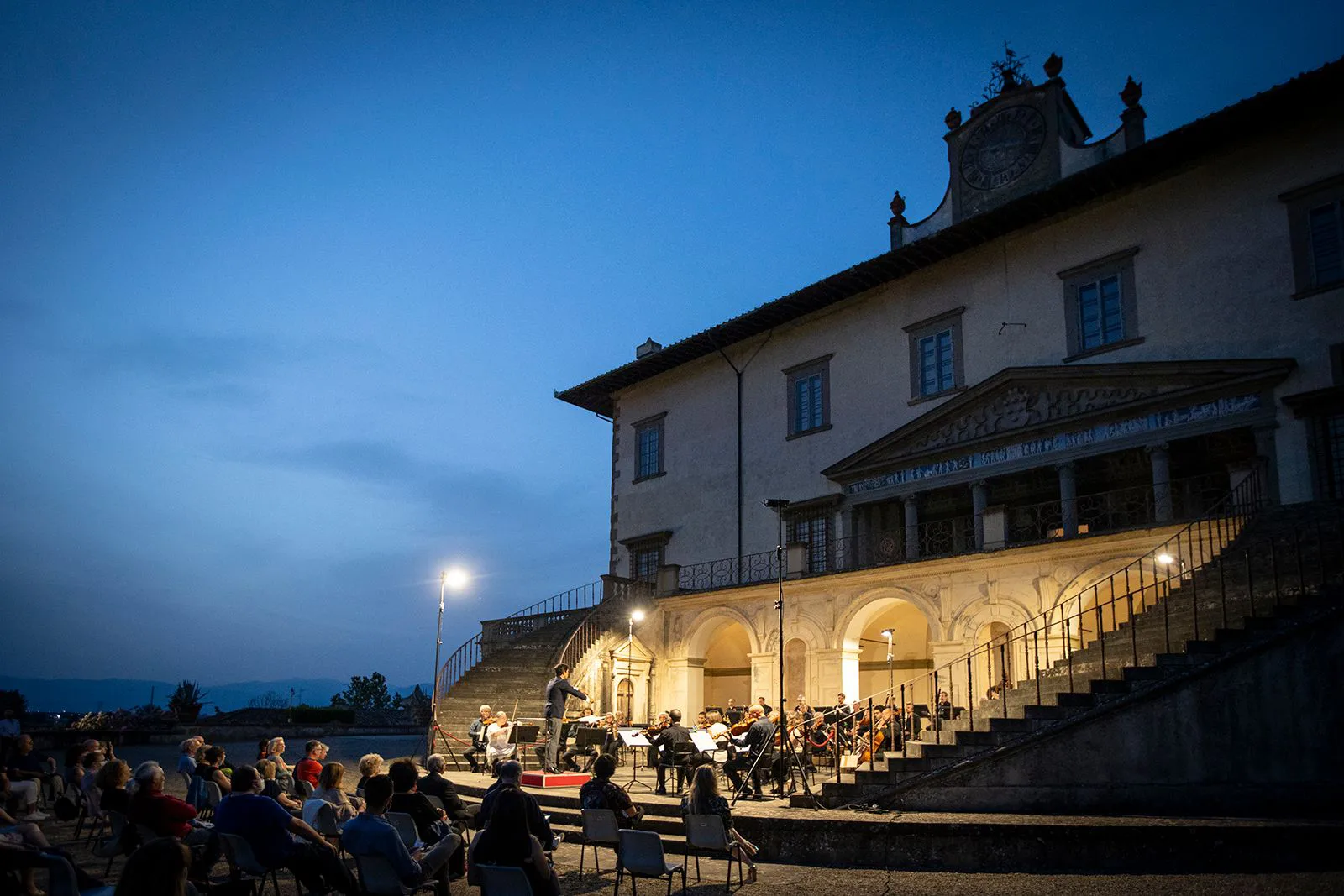
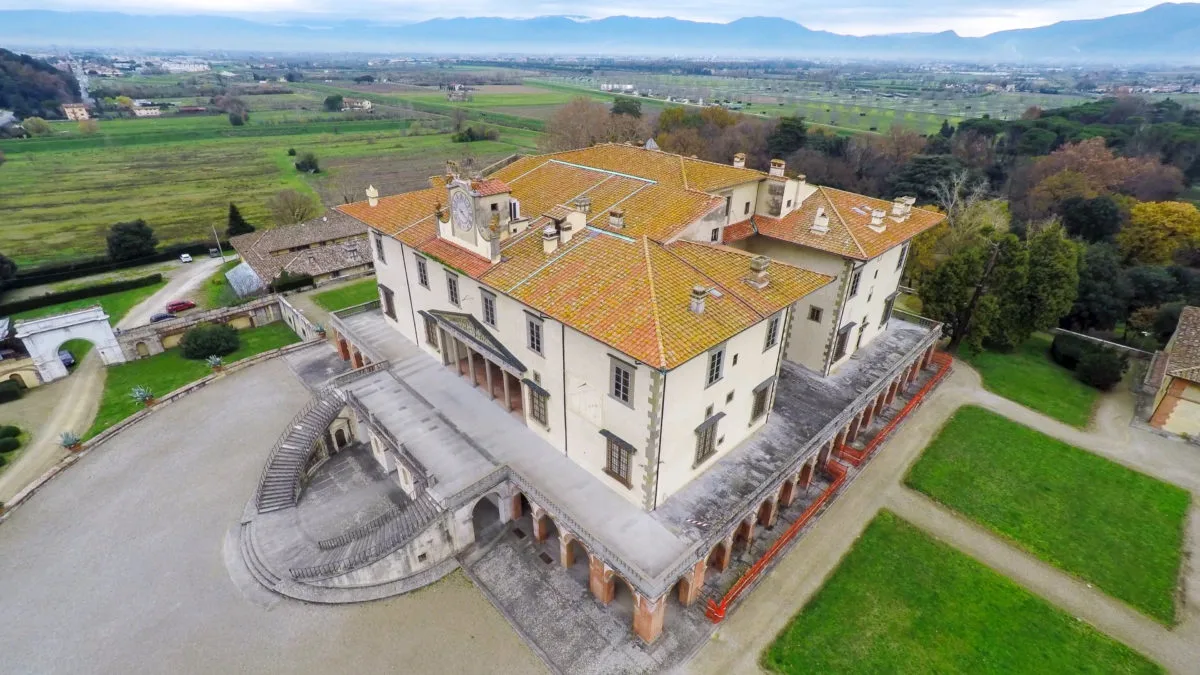
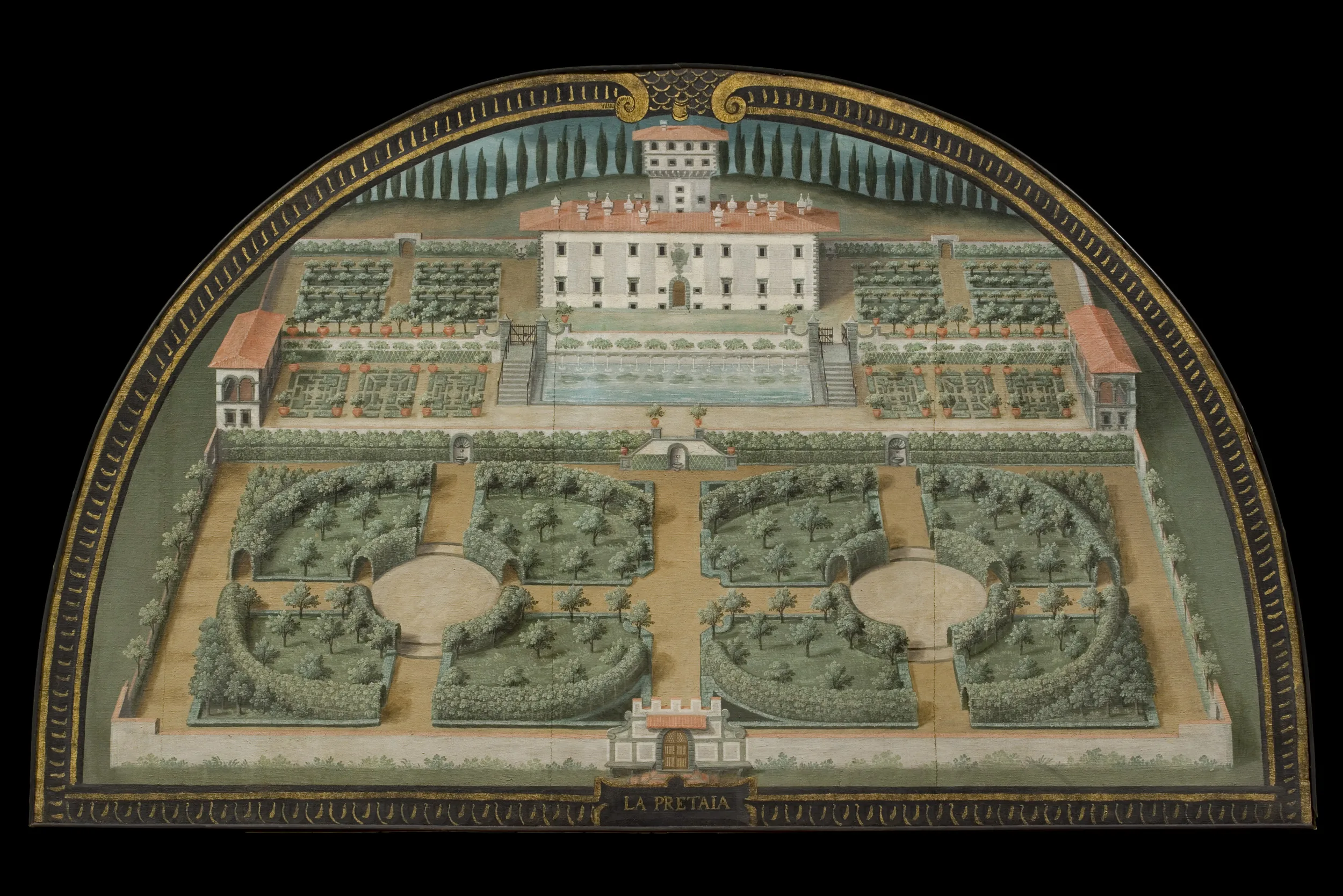
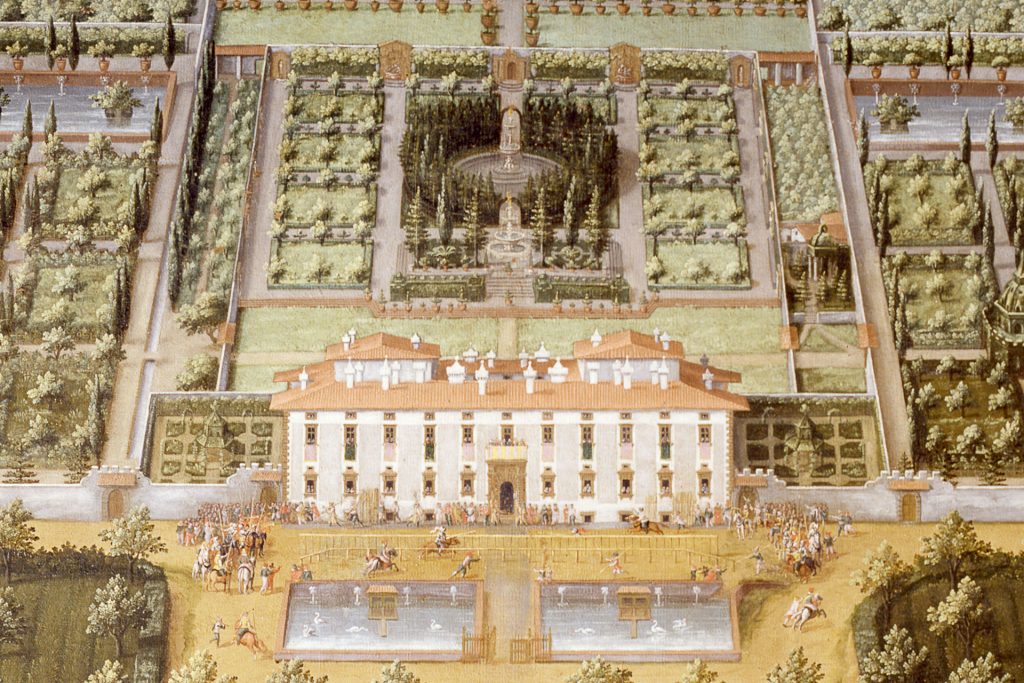
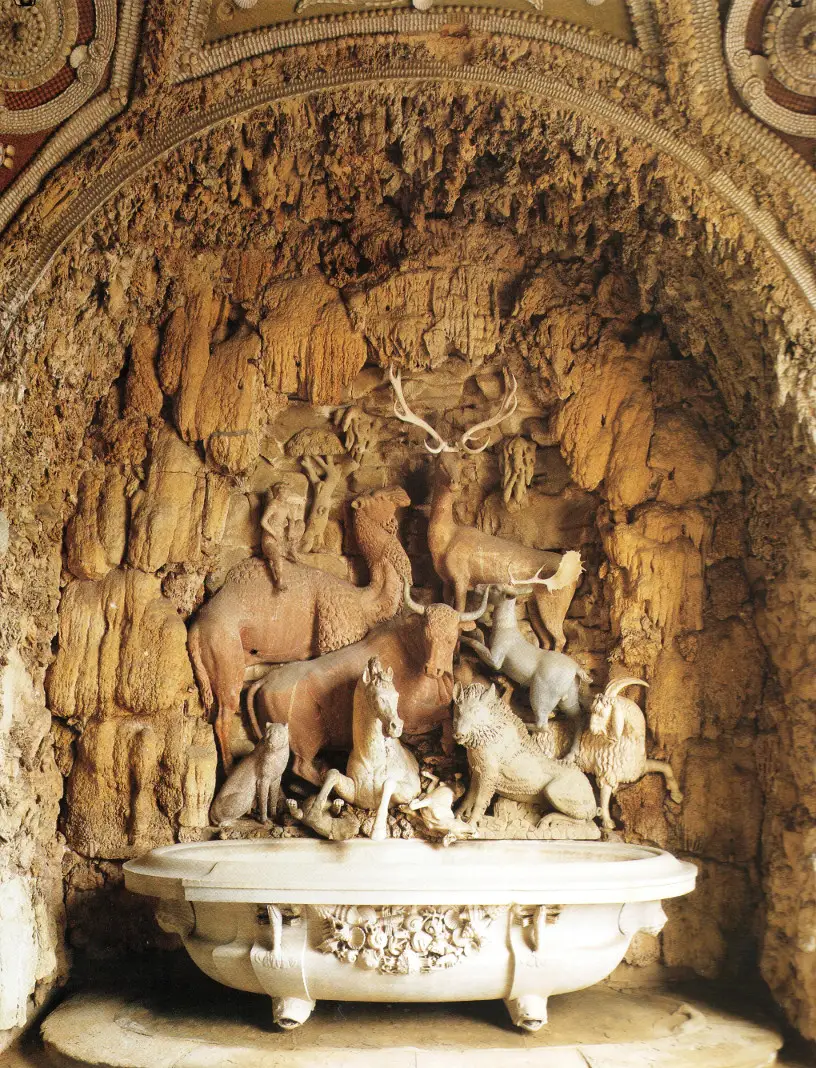
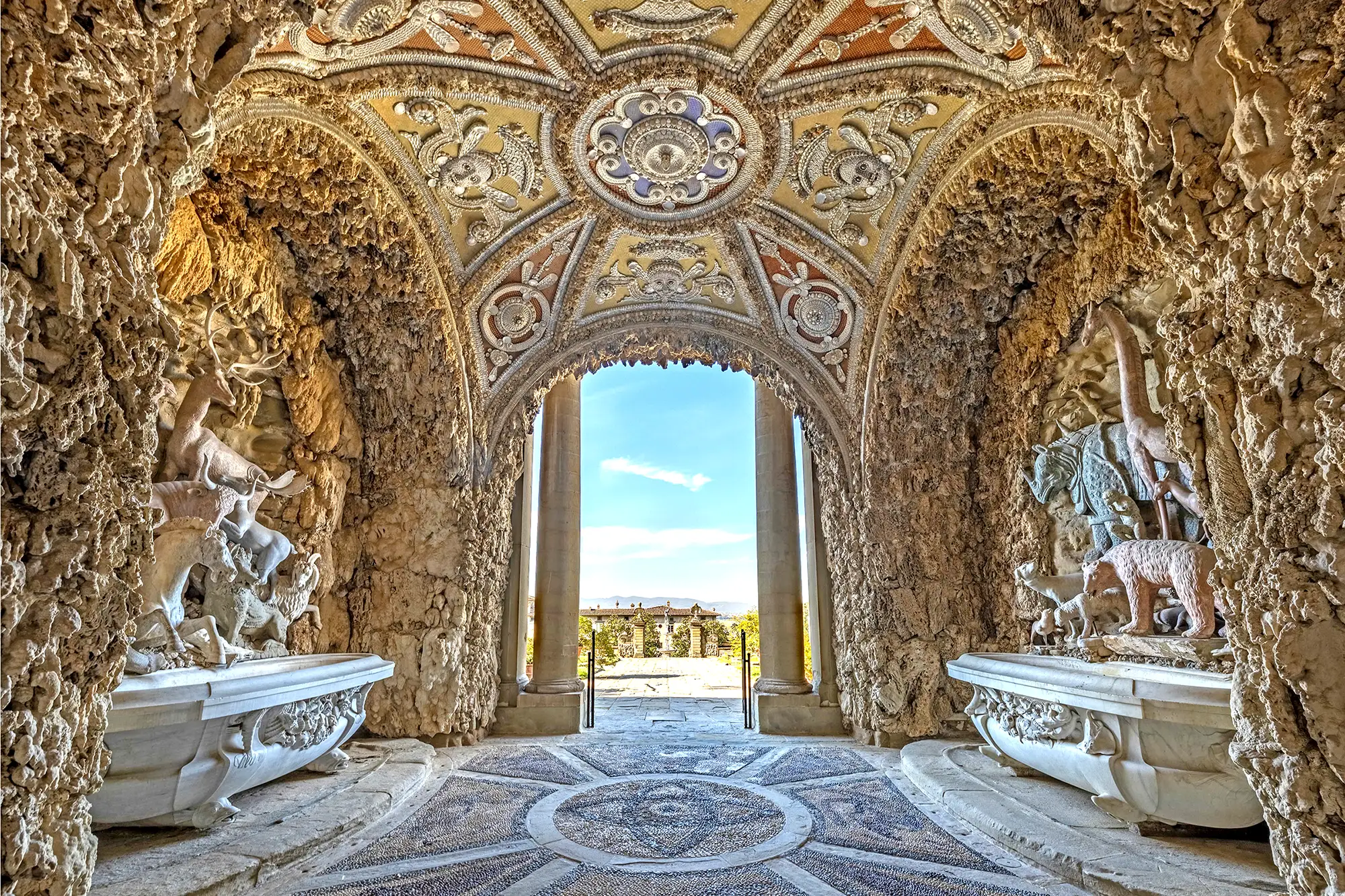
Villa la Petraia
XIV sec.
